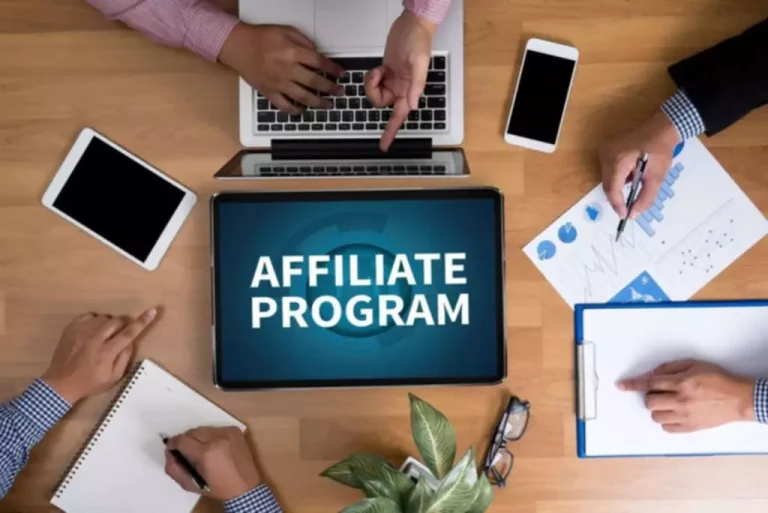Content
It pools liquidity from Uniswap, Sushiswap, and other platforms, creating a unified liquidity pool accessible to traders. These contracts lock up assets on one side and mint corresponding tokens on the other side. Additionally, custodians (trusted entities) manage the collateral and ensure the bridge’s security. Moreover, liquidity bridges contribute liquidity bridge to minimizing operational friction in cross-border transactions. By allowing instant settlement locally, they address challenges in the final stages of the transaction, reducing controls, filters, and delays in crediting the final beneficiary.
What is Liquidity Bridge, and Why Is It Important in the Trading Process?
- A customer in New York initiates a wire transfer to a beneficiary in London.
- So, what I want to tell you is that SwapBridge is dead, and the asset issuer’s official bridge will have an unchallengeable cost advantage in terms of cross-chain liquidity.
- Combining this with managing margins and swaps across liquidity sources means the broker can save on costs while improving the end client’s experience.
- Tokenization involves representing real-world assets on the blockchain, providing increased liquidity, accessibility, and efficiency.
- This type of bridge is particularly important in the current blockchain landscape, where numerous standalone blockchains exist with their unique protocols and ecosystems.
Having a liquidity bridge allows you to take advantage of all the benefits of having a multi-LP structure. At TFB, we have 6 types of aggregation, ensuring the best pricing is used for each order. Combining this with managing margins and swaps across liquidity sources means the broker can save on costs while improving the end client’s experience. However, trustless bridges can minimize the risk of exploits and hacks by regularly conducting thorough internal and external audits of their codes and smart contracts. Accordingly, it is also important for users to subject bridges to a thorough due diligence process before using them in order to get as comprehensive a picture as possible of the security standards Stockbroker and possible risks.
Introduction to Liquidity Bridges

In an industry where competitiveness is paramount, MetaTrader brokers must adopt https://www.xcritical.com/ strategies that optimize operational efficiency and reduce costs. Liquidity bridges emerge as a powerful tool that can minimize LP fees, providing brokers with a significant advantage in the market. When it comes to lock and mint bridges, no one bridge is considered standard. For example, USDC on Ethereum has many wrapped versions based on the bridge in question, like Wormhole USDC, anyUSDC for Multichain, etc.
Benefits and Advantages of Using a Liquidity Bridge
Five of the largest 15 DeFi hacks of all time stem from bridge-related exploits, resulting in $2 billion+ in value drained in roughly 24 months. Bridge discovery problem – users find it challenging to identify the most suitable bridge for their specific transaction requirements. Single point of failure – when a dApp or business decides to build on a single bridge, therein lies a single point of failure for future business logic to be corrupted (if the bridge were to ever be successfully attacked). The “trust spectrum” is not a judgement – it is just a way to visualize tradeoffs between verification methods that arise after a bridge chooses its path along the interop trilemma. The articles and research support materials available on this site are educational and are not intended to be investment or tax advice.
What Are Blockchain Bridges And Why Are They Being Used?
Multilateral platforms, as explored in recent reports, present an alternative path for cross-border payments. While liquidity bridges focus on connecting central banks, multilateral platforms aim to be multi-jurisdictional payment systems that can substitute or operate alongside traditional correspondent banking relationships. The potential benefits of these platforms, including shortened transaction chains and extended operating hours, pose a considerable challenge to the prominence of liquidity bridges. As banks adapt to the challenges posed by the evolving payment landscape,threats to the relevance of liquidity bridges loom. Multilateral platforms, asexplored in recent reports, present an alternative path for cross-borderpayments. While liquidity bridges focus on connecting central banks,multilateral platforms aim to be multi-jurisdictional payment systems that cansubstitute or operate alongside traditional correspondent bankingrelationships.
The liquidity bridge ensures that the stablecoin supply remains backed by an equivalent amount of USD, maintaining stability. Using the CBDC liquidity bridge, they convert digital yuan to digital euros instantly, enabling smooth payments during their trip. A customer in New York initiates a wire transfer to a beneficiary in London. The liquidity bridge instantly converts USD to GBP at competitive rates, ensuring timely delivery without intermediaries. CCTP launched by Circle ended the Sengoku era of SwapBridge liquidity competition, and showed us the end of cross-chain asset exchange. Finally, we want to talk about another important proposition in the cross-chain sector — liquidity.
By 2025, it should be possible to observe a trend that will see such software converge towards an all-in-one platform forex back office software comprising everything-in-one package functionality. Through ESG integration brokers will ensure that their entire operations and trading practices comply with ethical standards, thus gaining trust among clientele and stakeholders alike. Offering improved drag-and-drop features for report creation, handling clients, and customizing workflows should ease usability for new platform offerings. Forex back office software in the future will deal in multiple currencies easily. As a business, you do not want to lock yourself into the product that doesn’t give you flexibility.
Don’t hesitate to ask the technology provider to reveal average trades execution time results, taking an average number of trades you need to execute per second into consideration. One of the first things that a broker needs to think about when starting a business is a liquidity bridge. Some say it is the heart and soul of brokerage, and it can make or break your success. Technology has become an integral part of any business today, and it is especially true with a brokerage.
This can be particularly important in financial applications where the integrity and security of transactions are paramount. These digital agreements, programmed to execute automatically when certain conditions are met, are a vital feature of many blockchains. 5 years of experience in crypto research of writing practical blockchain and crypto analysis on Medium.
Decentralized exchanges (DEX) represent another area where blockchain bridges can be highly beneficial. DEXs allow users to trade cryptocurrencies directly with each other, without the need for an intermediary. Finally, cost efficiency and reduced transaction times are significant benefits of blockchain bridges in finance.
This can enhance the liquidity and accessibility of tokenized assets, opening up new opportunities for investment and trade. Supply chain management is another area where blockchain bridges can be highly beneficial. Blockchain bridges solve this problem, enhancing cross-chain smart contract functionality. Blockchain bridges act as translators, enabling these networks to understand each other and communicate effectively.
If you deploy on multiple chains, you have to guide liquidity on multiple chains. This will cause the liquidity to be scattered across different chains and not shared in depth, and users will have a greater price impact when trading. In response, some people are concerned about the development of Ethereum L2, believing that L2 may break down Ethereum’s liquidity and make it lose its competitive advantage. There are also researchers who have proposed a unified liquidity solution such as SLAMM, but this solution creates more problems than it solves. A blockchain bridge is a method or protocol that enables two distinct blockchain ecosystems to communicate and interact with each other. It allows for seamless communication, data transfer, and asset transfer across different blockchains.
Aggregators also shoulder the responsibility of research overhead on what types of bridges do what, in addition to keeping up with trends in the bridge ecosystem. Furthermore, once a bridge is added to an aggregator’s smart contract, every subsequent upgrade of the bridge should be kept up-to-date by the aggregator, which takes maintenance out of dApp developers hands. For dApps, crypto businesses, or web2 payment providers that want to add bridge functionality, bridge aggregators become a no-brainer solution as they offer all the benefits of each of their bridges in a single SDK and/or API. With all of this in mind, it cannot be said that any one bridge design is better than another. Theoretically, as a crypto-native company, we want trustless bridges utilizing light clients, optimistic verification, and/or liquidity networks to thrive.



